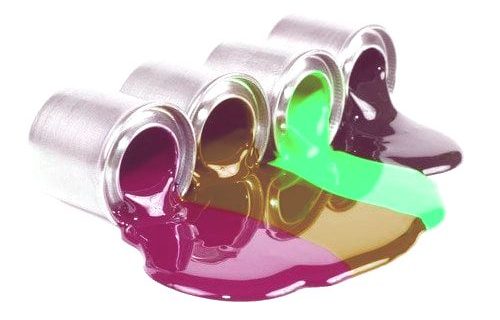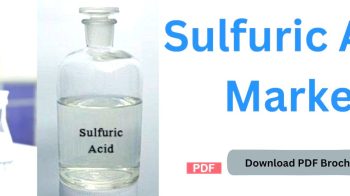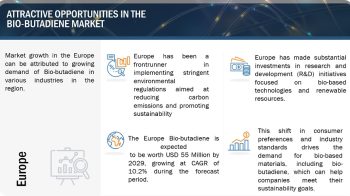
The global ink resins market is projected to grow from USD 3.3 billion in 2021 to USD 3.8 billion by 2026, at a CAGR of 3.4% between 2021 and 2026. Increasing environmental protection standards for the printing ink industry, growth of packaging and energy curable inks industries, increasing demand for UV-cured inks, and new resin technologies are the key factors contributing to the growth of the ink resins market. However, increasing demand for e-books, stringent environmental regulations against VOC, and price rise of ink resin feedstock hinder market growth.
The major opportunities in the ink resins market are in emerging markets such as India, China, Brazil, and Mexico. The printing industry in Asia Pacific, South America, and the Middle East & Africa is expected to have a good growth rate during the forecast period. Simultaneously, increasing environmental protection standards are expected to have a positive demand due to their environmental benefits.
Download PDF Brochure: https://www.marketsandmarkets.com/pdfdownloadNew.asp?id=148158216
UV-curable-based technology is poised to experience the most rapid growth within the ink resins market. This surge is attributed to its numerous advantages, including quick curing times, enhanced durability, and minimal environmental impact. Additionally, increasing adoption across various industries such as packaging, signage, and commercial printing further boosts the demand for UV-curable ink resins. As businesses prioritize sustainability and efficiency, the versatility and performance benefits offered by UV-curable technology propel its rapid expansion, positioning it as a key driver of growth in the ink resins market.
Modified rosin resin emerges as the dominant type within the ink resins market, boasting the largest share. This prominence is attributed to its versatility, compatibility with various ink formulations, and desirable performance characteristics such as adhesion, gloss, and color stability. Widely used in printing inks for packaging, labels, and publications, modified rosin resin demonstrates exceptional suitability for diverse applications. Its robust demand is further fueled by the growing packaging industry and increasing preference for sustainable and high-performance ink solutions.
The key market players are Lawter (US), BASF SE (Germany), Covestro AG (Germany), The Dow Chemical Company (US), Evonik Industries AG (Germany), Kraton Corporation (US), Arakawa Chemical Industries, Ltd. (Japan), Hydrite Chemical Co. (US), Indulor Chemie GmbH (Germany), and IGM Resins (Netherlands). These players have adopted various strategies, such as acquisition, expansion, agreement and research & development to grow in the market. Agreement was the key strategy adopted by the major players between 2017 and 2021. This strategy strengthened their market position and increased their presence in emerging economies.
BASF SE has 11 divisions that are aggregated into six segments: Chemicals, Materials, Industrial Solutions, Surface Technologies, Nutrition & Care, and Agricultural Solutions, based on its business models. Ink resins are offered under the Industrial Solutions segment. In April 2021, Azelis made public its new distribution agreement with BASF, effective immediately, for the dispersions, additives, and resins ranges in Australia & New Zealand (ANZ). The products subject to the agreement are commonly used in coatings, adhesives, sealants, and elastomers (CASE), and construction applications.
Inquiry Before Buying: https://www.marketsandmarkets.com/Enquiry_Before_BuyingNew.asp?id=148158216
The Dow Chemical Company is headquartered in Michigan, US, and operates 106 manufacturing sites in 31 countries globally with approximately 35,700 employees working in three main segments: Packaging and Specialty Plastics, Industrial Intermediates and Infrastructure, and Performance Materials and Coatings. Ink resins are offered under the Performance Materials and Coatings segment. The company’s manufacturing, processing, marketing, and R&D facilities, as well as regional purchasing offices and distribution centers, are spread across the world.
During the forecast period, the Asia-Pacific (APAC) region dominates the ink resins market, emerging as its largest segment. This growth can be attributed to various factors such as increasing industrialization, rising demand for printing materials, and expanding packaging and labeling industries. Additionally, rapid economic development and urbanization in countries like China and India further contribute to the market’s expansion in the APAC region. With a robust manufacturing base and growing consumer markets, APAC continues to drive significant growth opportunities and investments in the ink resins sector.


